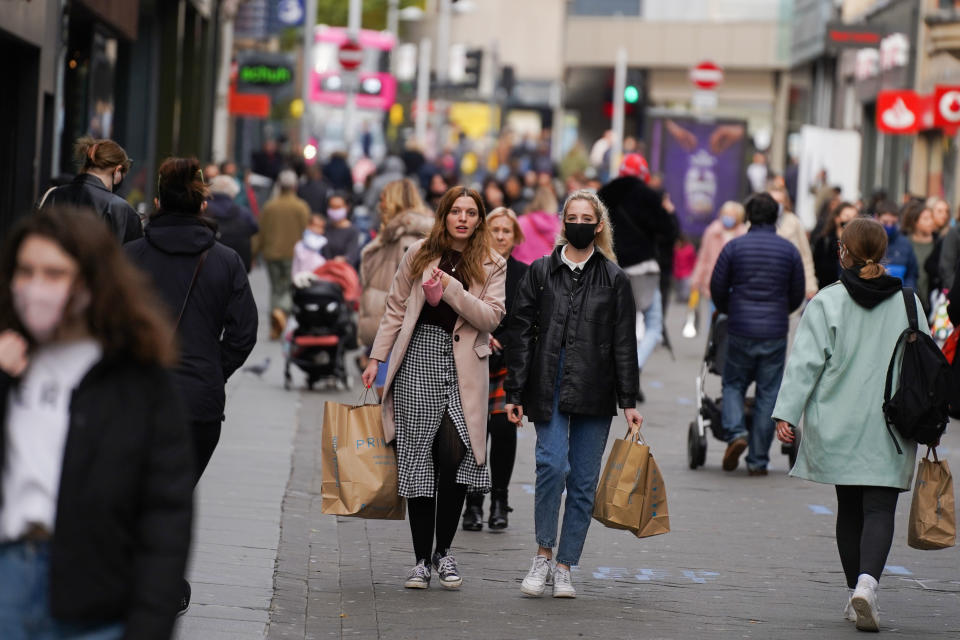Record increase in UK store closures as more COVID-19 lockdowns loom

A record number of UK shops are closing their doors in the face of a second wave of the COVID-19 pandemic, according to the British Retail Consortium (BRC).
In the third quarter of 2020, the overall national vacancy rate increased to 13.2% from 12.4% in Q2, according to its study released on Friday. This was the ninth consecutive quarter of increasing vacancy rates since Q2 2018.
“Shopping centres fared the worst among retail sites due to the higher proportion of fashion outlets, where consumer demand has been hit hardest,” said Helen Dickinson, chief executive of the BRC.
“The uncertain climate has also meant that even those looking to expand are holding off making investments in new stores. As a result, we expect to see the retail vacancy rate continue to rise.”
On the high street, vacancies increased to 13.3% in Q3, remaining in line with the overall rate. This was up from 12.4% in Q2.
The group said the government’s business rates holiday scheme had “mitigated some of the impact of the pandemic” on shop vacancies and local communities, but the government needs to do more.
READ MORE: ECB leaves policy unchanged as Europe returns to lockdown
“If retailers see a return of 100% business rates next April, the consequences will be severe; the government should ensure that rates bills reflect current market reality by continuing a level discount at 50%, thereby creating a more sustainable cost base for businesses so they can continue to trade and invest in recovery and longer term growth,” said Dickinson. “Without this, there will be unnecessary store closures and the loss of thousands of otherwise viable jobs.”
The news comes as UK continues to struggle to contain the spread of COVID-19, putting more pressure on the government to put stricter measures in place.
A recent study from Imperial College London and Ipsos Mori revealed that the government’s efforts to curtail the coronavirus in England have not succeeded in reducing the spread of the disease, with infection rates doubling every nine days and an estimated 960,000 people carrying the virus in England on any one day.
This serves to undermine the retail sector’s desire to re-open its doors, but some are holding out hope.
“Whilst the vacancy rate on retail parks is on an upward trajectory, these locations are becoming increasingly popular with consumers who can drive to these sites and readily socially distance in larger format stores,” said Lucy Stainton, head of retail and strategic partnerships with Local Data Company.
“These units then could become more attractive to retailers who are looking to expand and make the most of the availability of space.”
WATCH: COVID immunity may not last, study warns

 Yahoo Finance
Yahoo Finance 